Japanese scientists have successfully developed a breakthrough method to fight cancer using artificial DNA.
The work was carried out by Professor Kunihiko Morihiro and Akimitsu Okamoto from the Graduate School of Engineering at the University of Tokyo, published in the Journal of the American Chemical Society in mid-July. Scientists used hairpin-shaped DNA to successfully destroy breast, cervical and melanoma cancer cells in mice.
Normally, nucleic acid drugs made from DNA and RNA are not used to treat cancer, because the molecules in the drugs have difficulty distinguishing between cancer cells and healthy cells. From previous trials, scientists were concerned that it could accidentally affect the patient's immune system, meaning it could also destroy healthy cells.
To overcome this, Morihiro, Okamoto, and colleagues created lab-grown DNA pairs called oHPs that react with a microRNA found in some cancers. Once introduced into cancer cells, the artificial DNA strands attach themselves to the microRNA molecule and form longer chains, triggering a powerful immune response. This response not only eliminates the cancer cells, it also prevents the cancer from growing back.
Although these are promising results, the group of experts said the trials are still in the preclinical stage and require more analysis before being applied to humans.
A scientist tests a blood sample. Photo: Public Domain
“The results of this study are good news for doctors, drug researchers and cancer patients. We believe it will provide new options for drug development and pharmaceutical policy,” said Professor Okamoto.
Cancer has long been a health burden for people around the world. Worldwide , it is estimated that there are about 20 million new cases of cancer and over 10 million deaths from this disease each year.
Due to limited treatment options, experts were inspired to create DNA therapy.
“If we can create new drugs that work differently from conventional drugs, we will be able to treat cancers that were thought to be incurable,” said Professor Okamoto.
According to VNE
Source


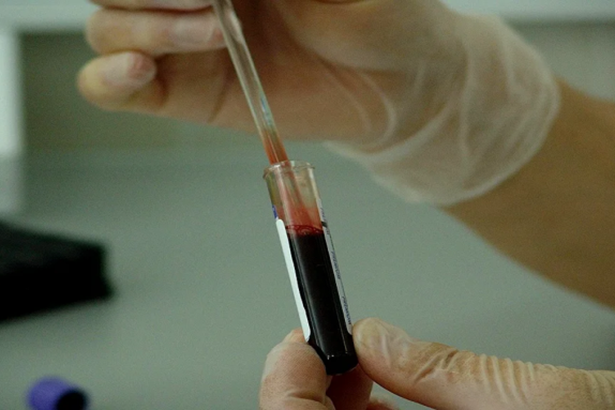


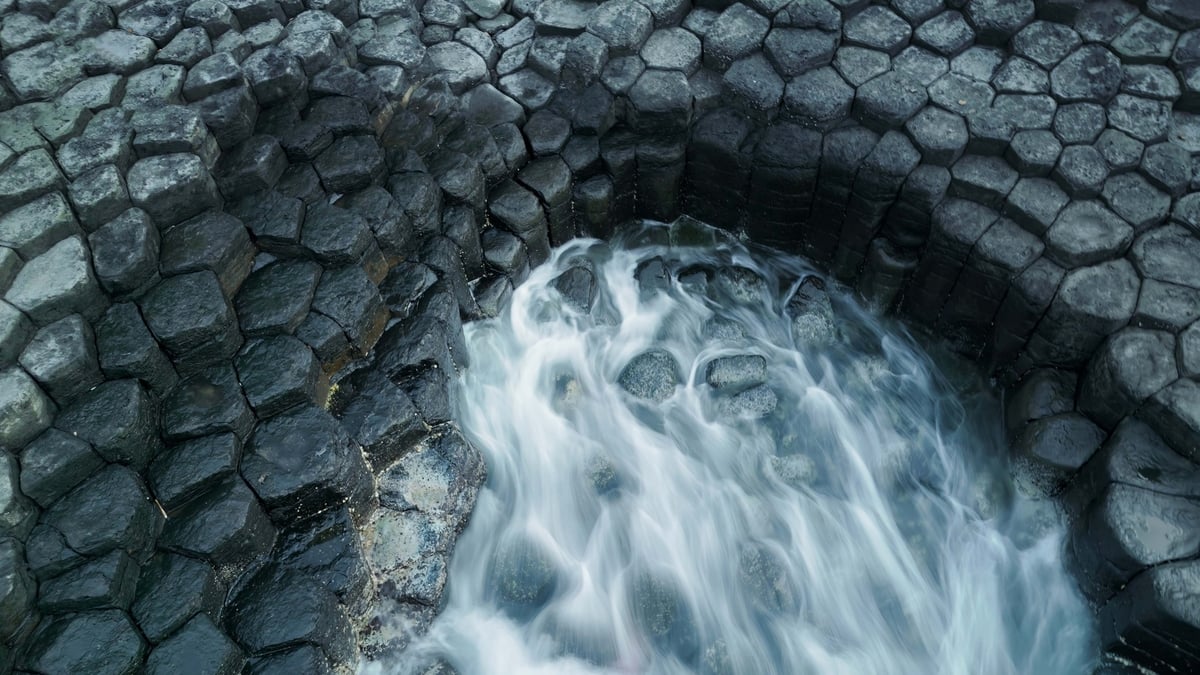






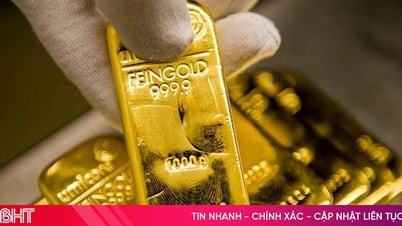










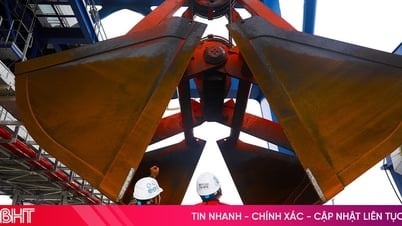



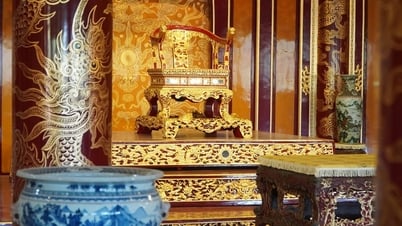







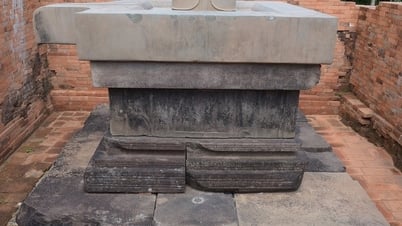







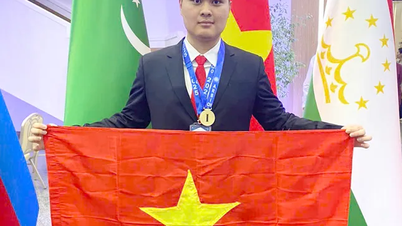
















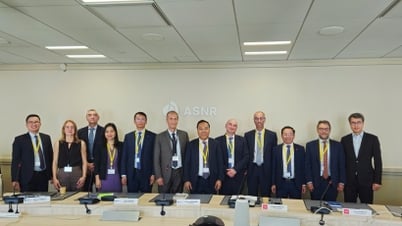
























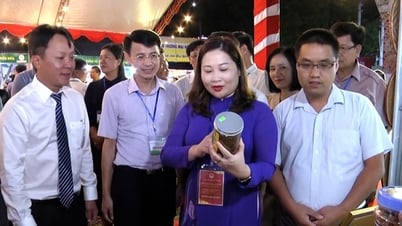














Comment (0)